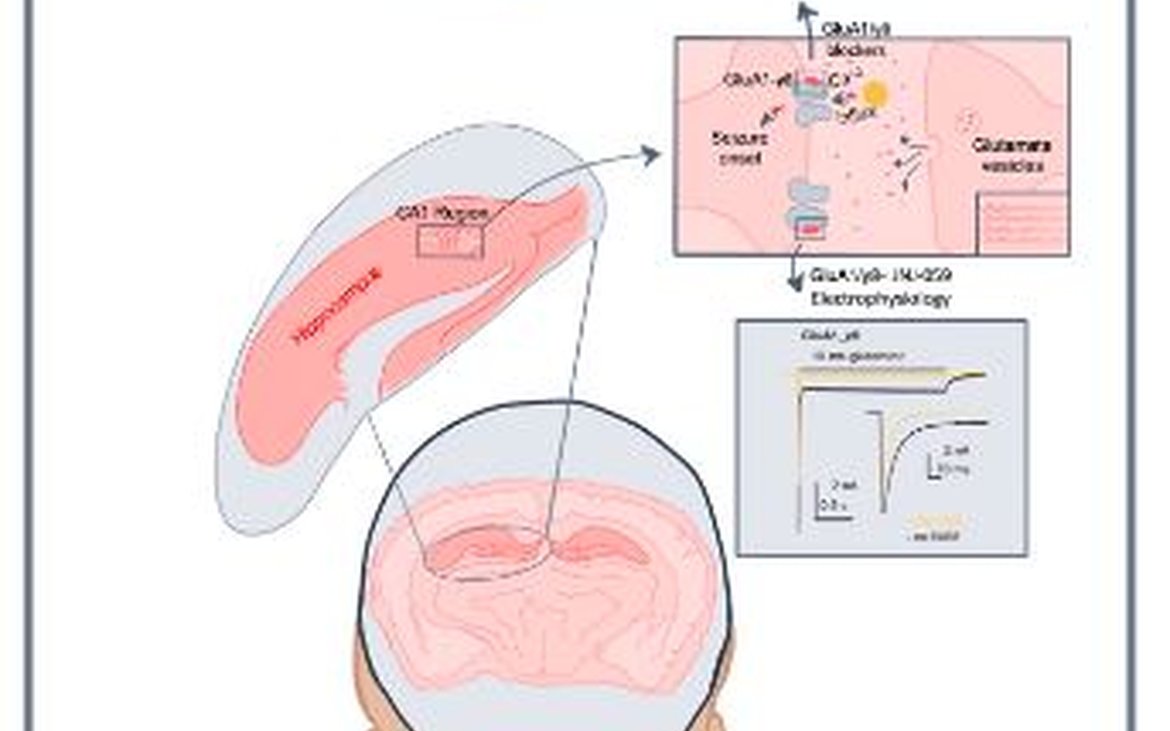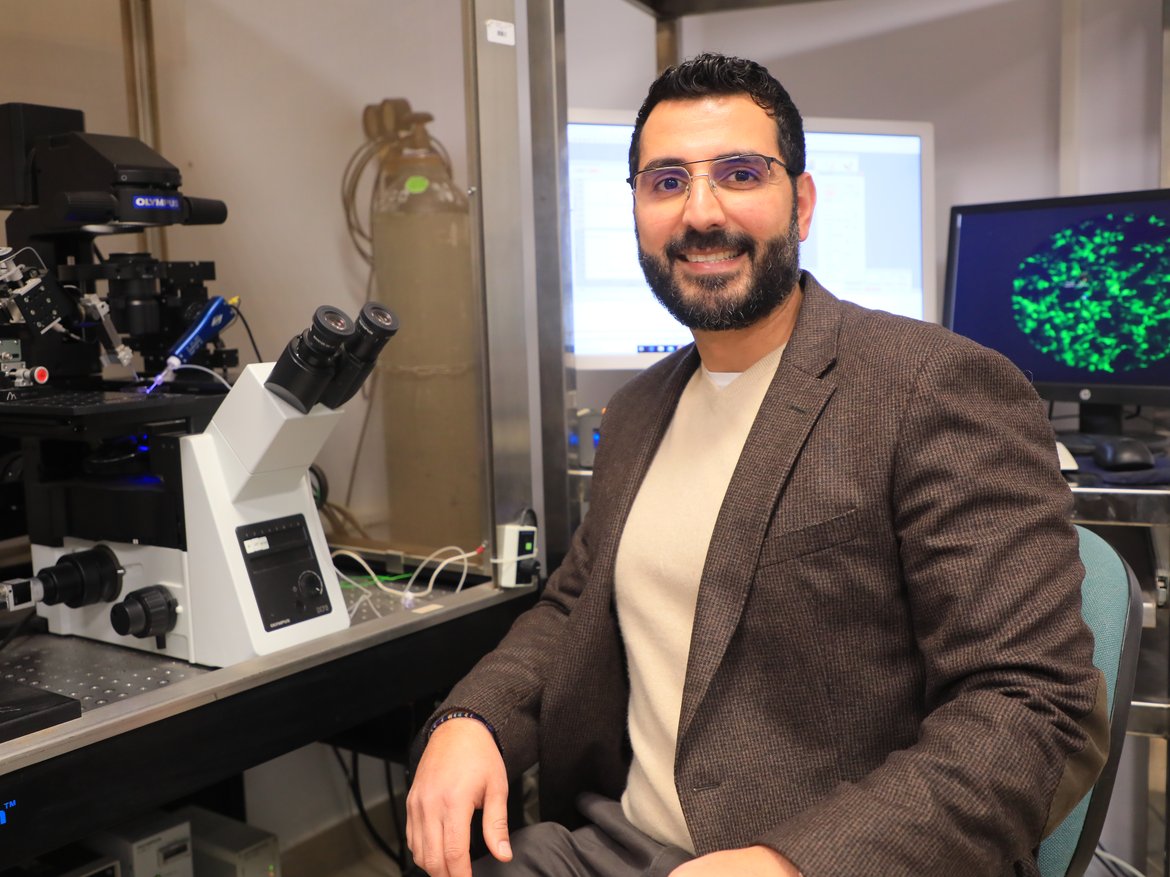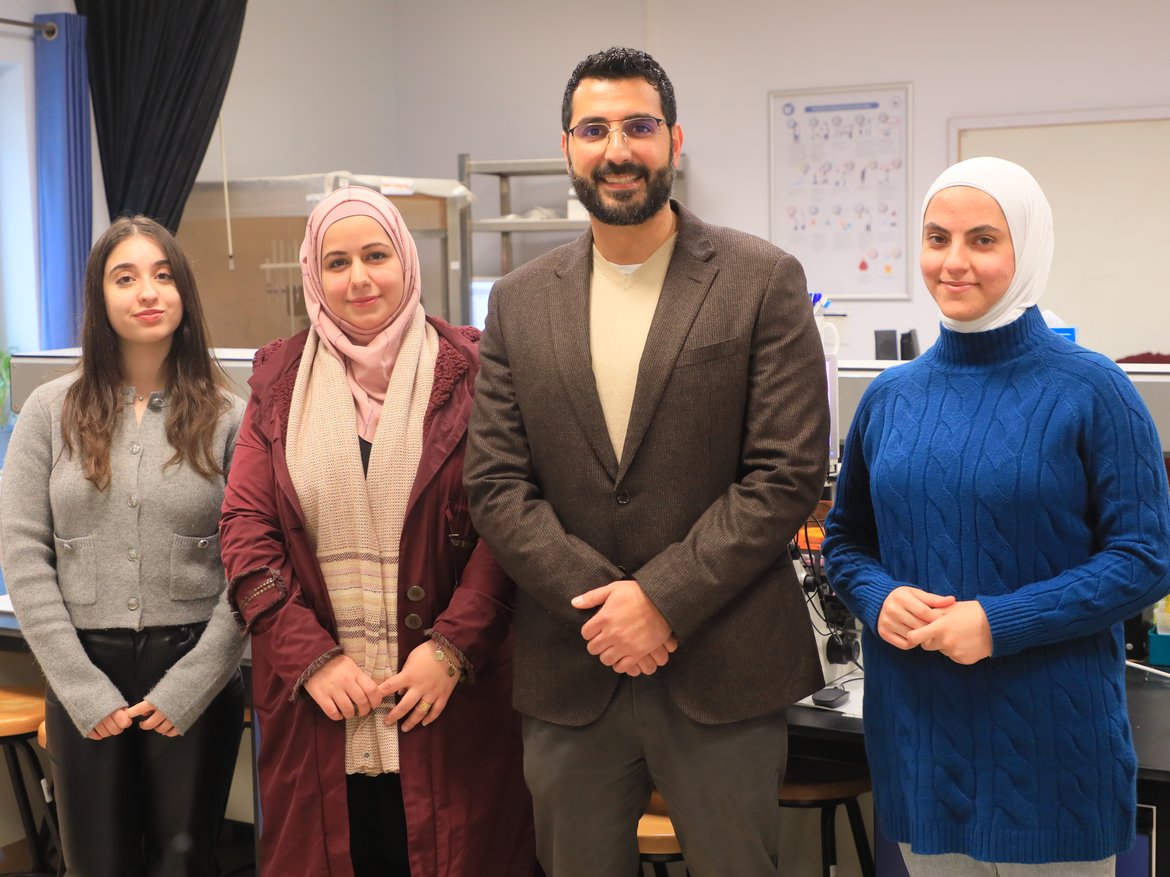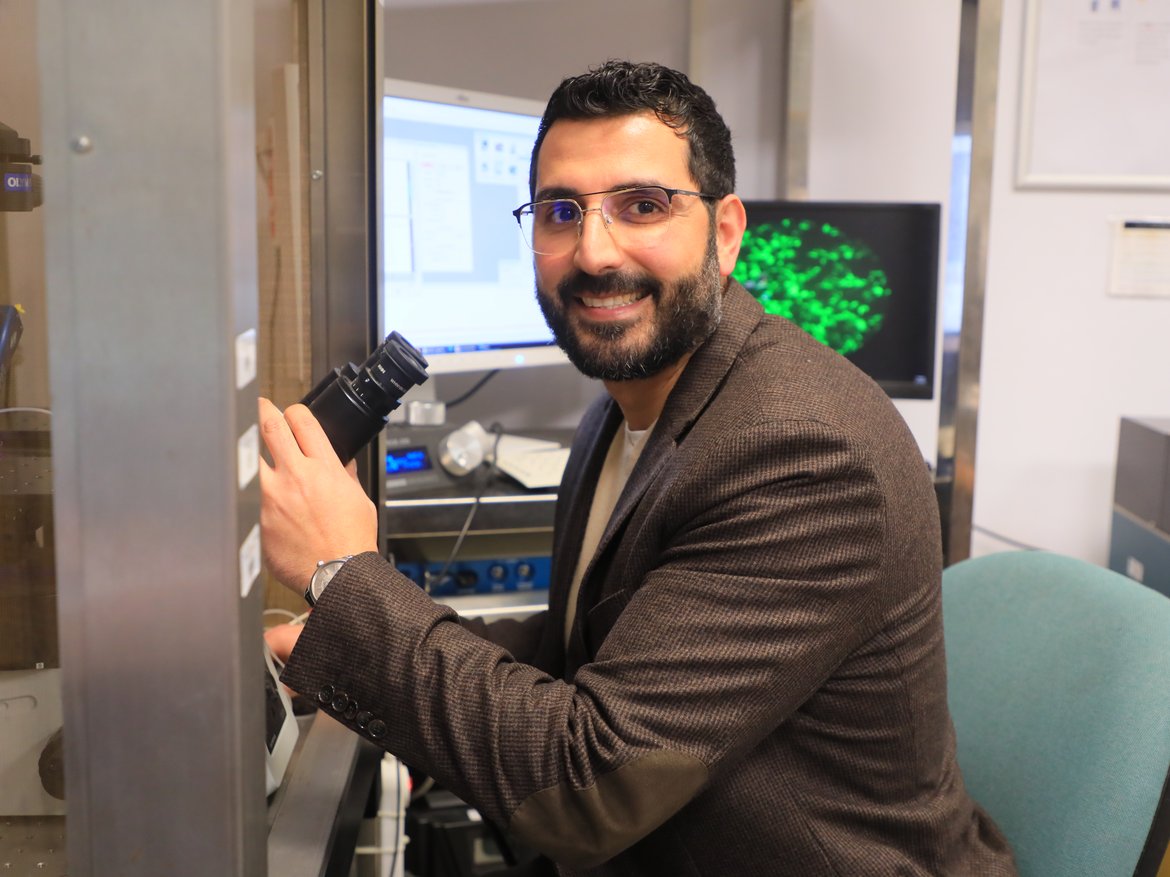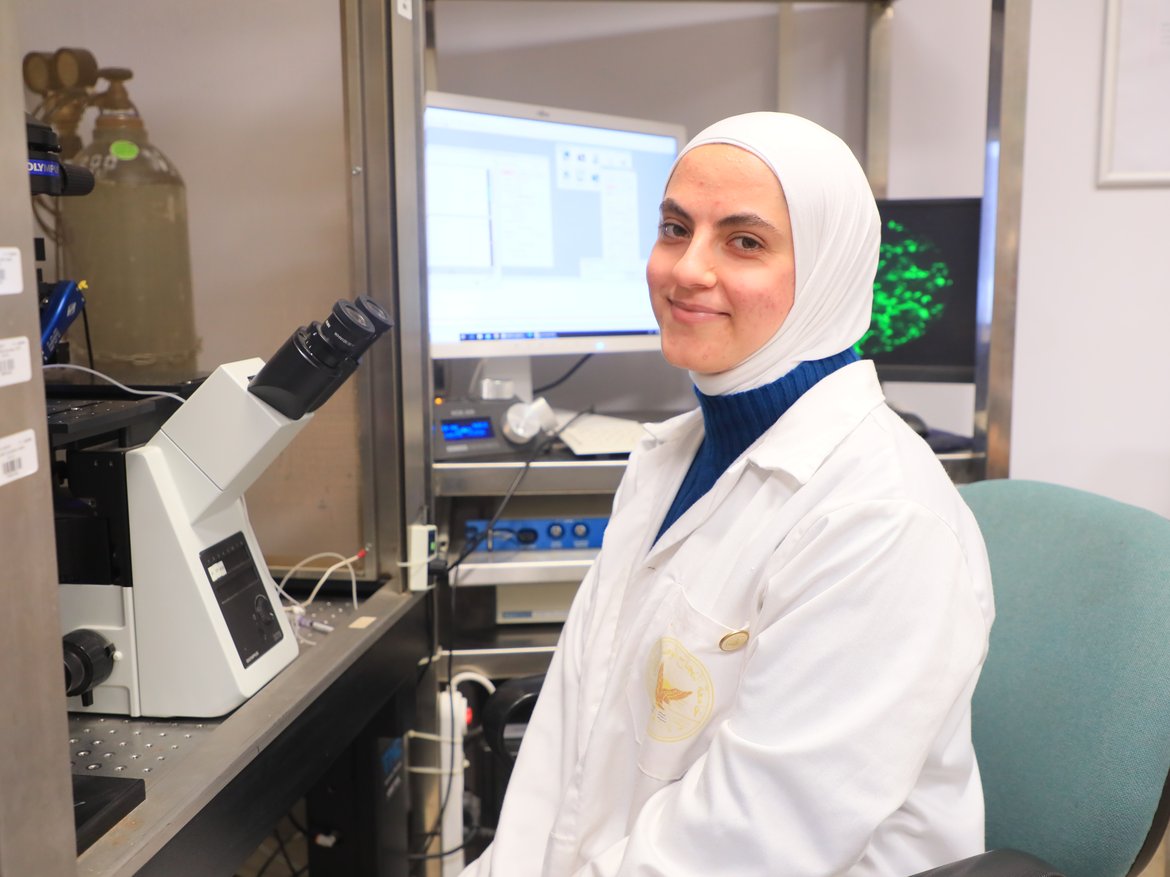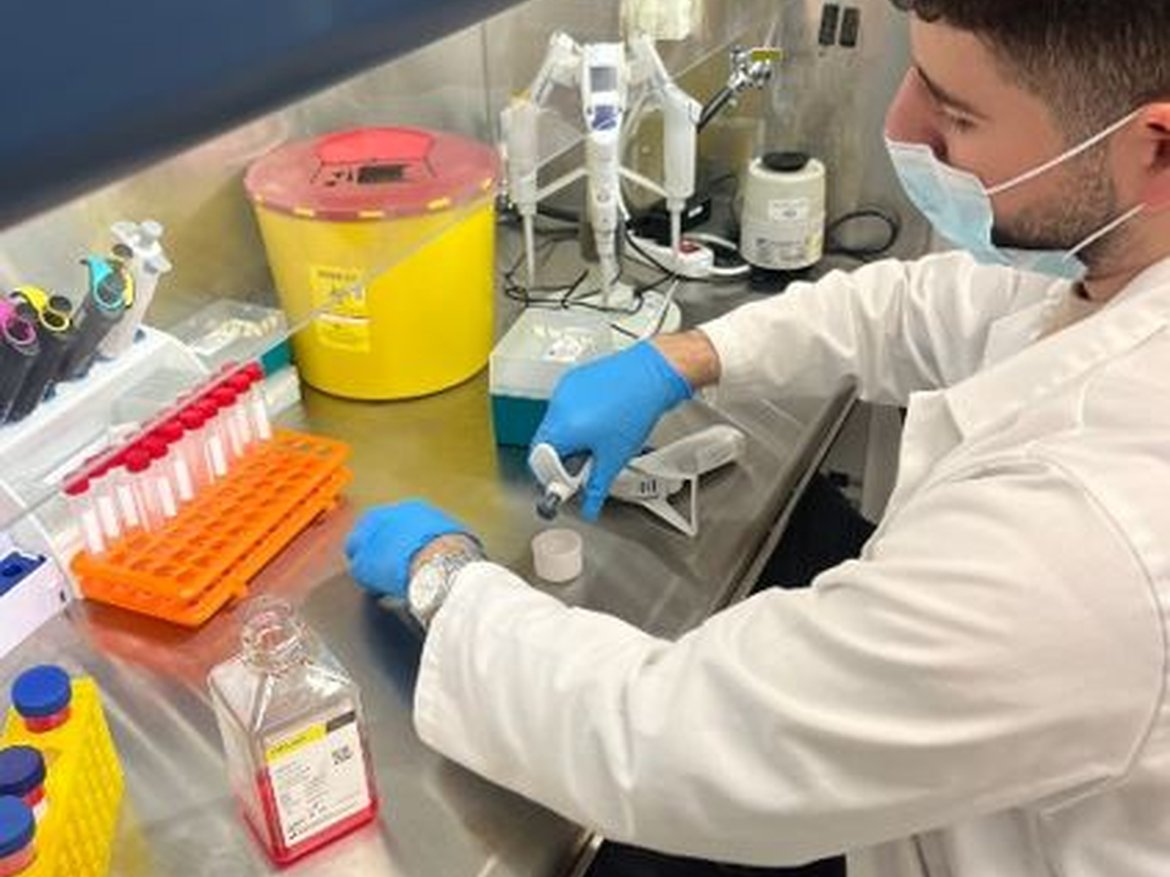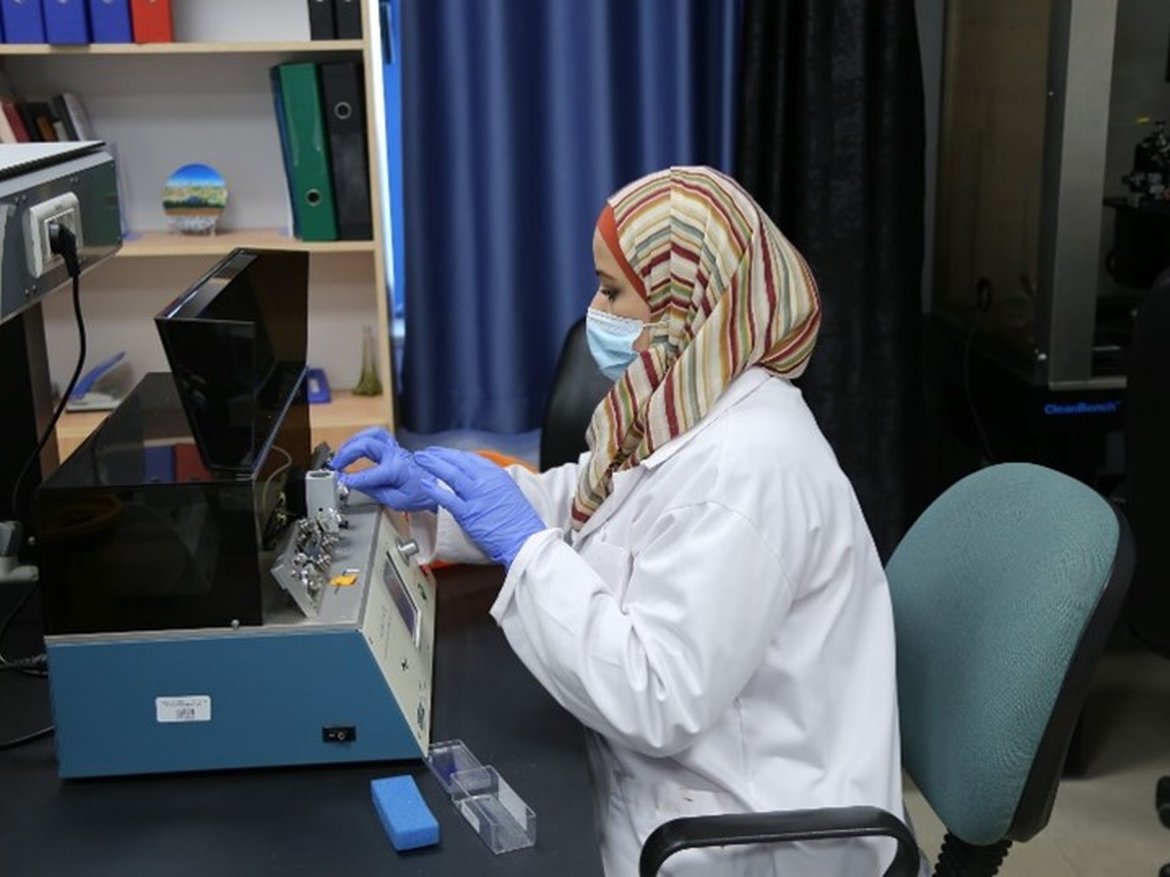
Mohammad Bdir Medical student

Tala Idais Medical student

Sosana Bdir Medical student
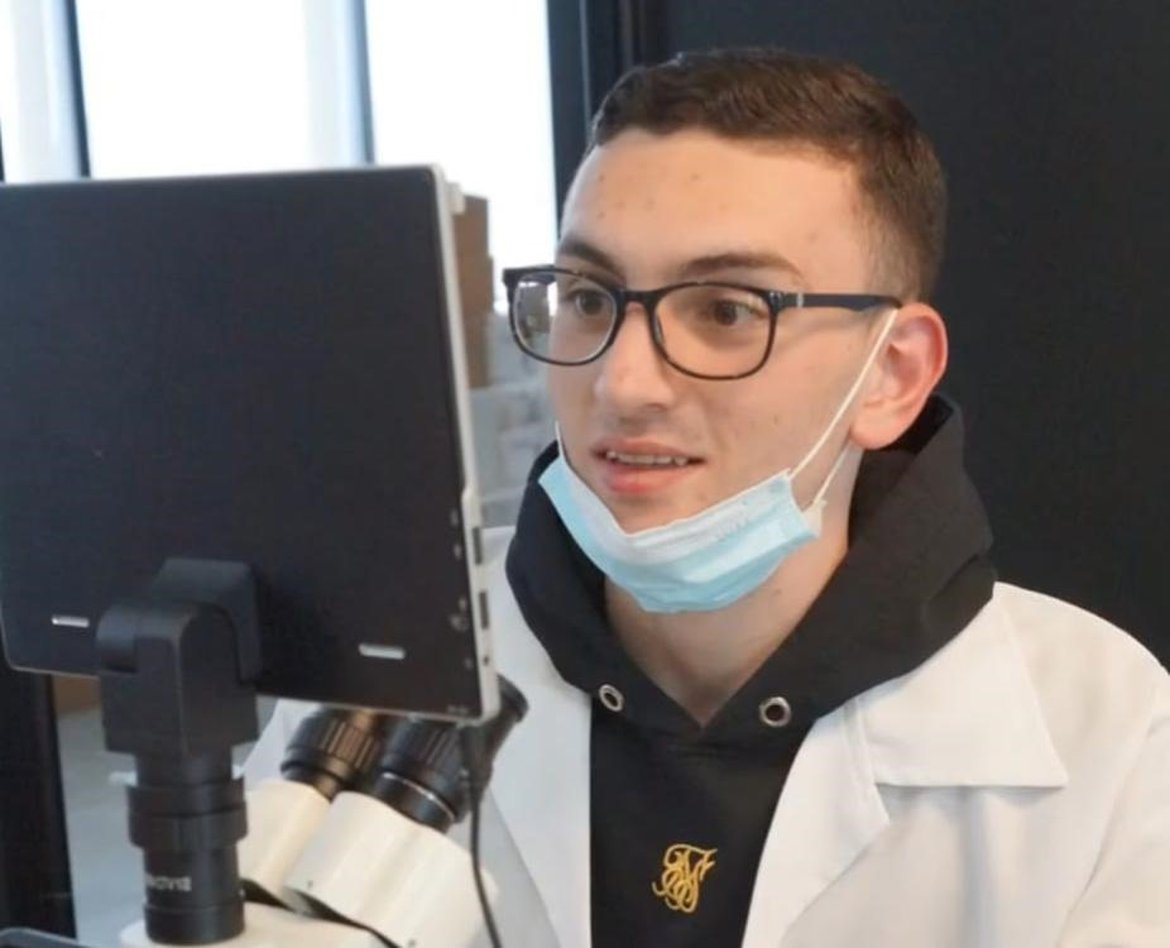
Ayas Sarhan Medical student
Neuroscience and Neuropharmacology
Neurological disorder therapies, nerve protection
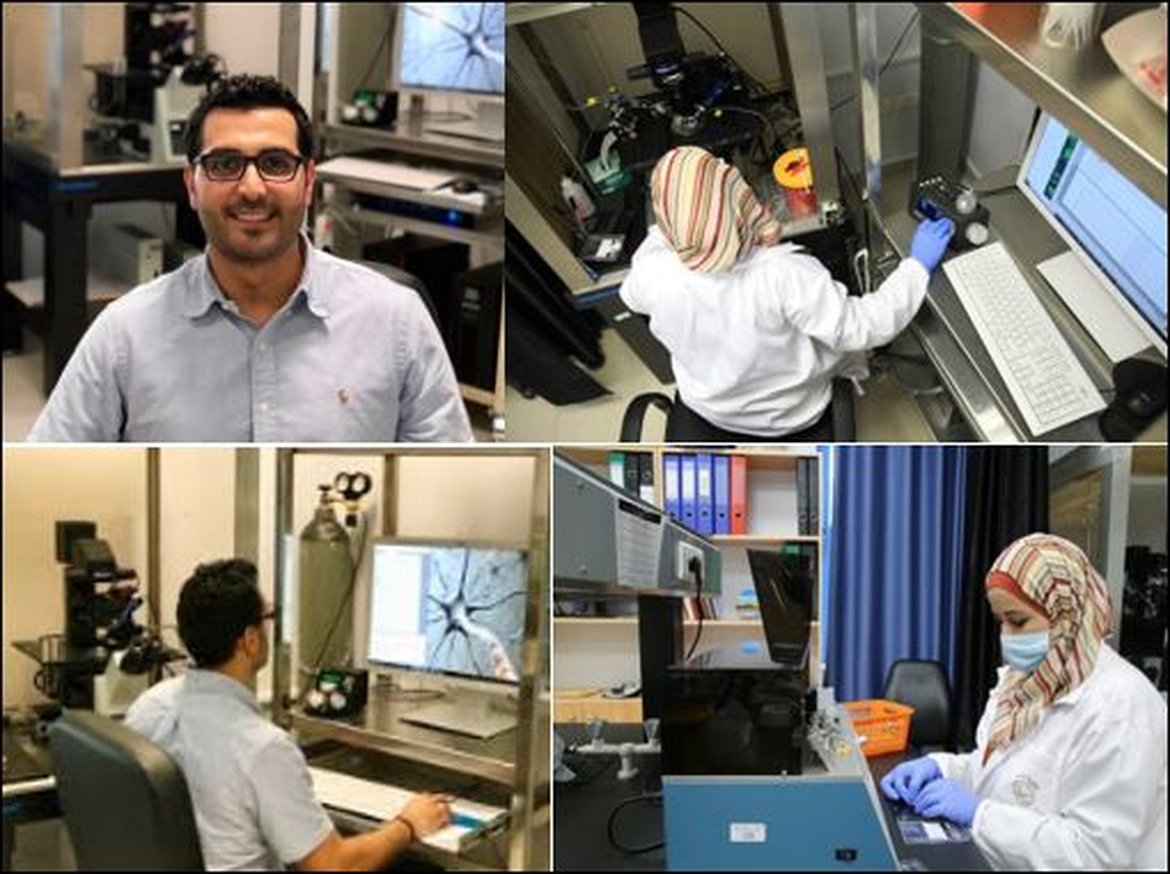
The Neuroscience Laboratory focuses on AMPA receptors, one kind of ionotropic glutamate receptor located on the postsynaptic membrane. These tetrameric ion channels are crucial in fast excitatory neurotransmission and synaptic plasticity. They are important in pain signaling, with calcium-permeable AMPA receptors contributing to central sensitization. The subunit composition, RNA editing, and interactions with auxiliary proteins determine the structure and function of AMPA receptors. The abundance of AMPA receptors at synapses controls synaptic strength by inserting newly synthesized receptors, lateral diffusion, and endosomal recycling.
The central purpose of this research is to explain how AMPA receptors mediate signal transmission and transduction. Specifically, the structure-function relationship of AMPA receptors, with regard to their kinetic and molecular mechanisms, shall be investigated through protein-protein and protein-drug interactions. Advanced rapid kinetic techniques such as piezo-driven fast solution exchange combined with electrophysiological recordings are applied in the lab to investigate these processes within microsecond to millisecond timescales.
Approaches from molecular and biochemical, biophysical approaches, and neuroscience are combined in the lab. Dr. Qneibi’s research will provide insight into the mechanisms of this molecular machine and its design through molecular tools that advance understanding of signal transduction paths and diagnostic tools for treating diseases.
Published papers:
Novel approaches to adjust glutamatergic synaptic transmission in the central nervous system
2019-10 to 2021-10 | Grant
Ministry of Higher Education and Scientific Research (PALESTINE AND GERMANY)
GRANT_NUMBER:
PALGER2017-009
Organization identifiers
FUNDREF: http://dx.doi.org/10.13039/501100007335
Ministry of Higher Education and Scientific Research: IQ
Funding subtype
Reserach
Total funding amount
EUR 40,000
Description
AMPA receptors (AMPAR) are ionotropic glutamate receptors that are crucial for fast excitatory synaptic transmission and that are critically involved in glutamate excitotoxicity in multiple human diseases. This project aims at studying the effect of novel AMPAR modifiers (i.e., 2,3-Benzodiazepine) on synaptic transmission under physiological conditions and metabolic stress. Currently, we are synthesizing the novel chemical analogs to examine their action on glutamatergic synaptic transmission in cultured hippocampal neurons or CA3 pyramidal neurons in acute brain slices. In this study, miniature and evoked postsynaptic currents will be investigated by using patch-clamp recordings, and network activity will be analyzed with Ca2+ indicators. To investigate potential beneficial effects of these novel compounds during brain ischemia, we will perform similar experiments in cultured neurons or acute slices by perfusion with oligomycin and with 2-deoxyglucose. We expect that this project will provide novel insights into the mechanisms underlying AMPA receptor-mediated synaptic transmission as well as the suitability of AMPAR block to ameliorate the course of ischemia-induced brain damage.
Added
2019-09-10
Last modified
2019-09-10
Source:
Mohammad Qneibi
The inhibitory role of curcumin derivatives on AMPA receptor subunits and their effect on the gating biophysical properties
2018-01 to 2019-05 | Grant
the Palestinian Ministry of Education and Higher Education (Grant number: ANNU-MoHE-1819-Sc017), (RAMALLAH, PS)
GRANT_NUMBER:
ANNU-MoHE-1819-Sc017
Funding subtype
Ministry of Higher Education
Total funding amount
USD 15,000
Description
Curcumin is a natural polyphenol that has a broad spectrum of therapeutic characters, including neuroprotective actions against various neurological diseases. However, the molecular mechanism behind its neuroprotective properties remains obscure. The current study investigated the neuroprotective properties of 7 different curcumin derivatives on the gating biophysical properties of AMPA receptors, specifically on the calcium-permeable homomeric GluA1 and calcium impermeable heteromeric GluA1/A2 subunits. Due to the association between excessive activation of AMPARs and neurotoxicity linked to numerous pathologies, we aim to target and manipulate the kinetics of AMPARs through these derivatives. The current study used patch-clamp electrophysiology to measure the whole-cell currents in the presence and absence of the curcumin derivatives onto HEK293 cells expressing AMPA subunits. Our results showed that some of the curcumin derivatives showed an inhibitory effect and altered the gating biophysical properties, namely, deactivation and desensitization. In the presence of those derivatives, the peak current measured was significantly reduced, and the desensitization and deactivation rates decreased as well, achieving slower kinetics of the receptor and depressing its activity. These results suggest that the two most promising derivatives have inhibitory actions and act as allosteric modulators. Many neurological diseases like epilepsy, ALS, and strokes are associated with overactivation of AMPA receptors. We can potentially synthesize a more potent neuroprotective drug to treat those neurological diseases, by understanding the most stable chemical interaction between the derivative and the receptor underlying the reported neuronal depressive properties.
Added
2019-09-10
Last modified
2019-09-10
Source:
Mohammad Qneibi



